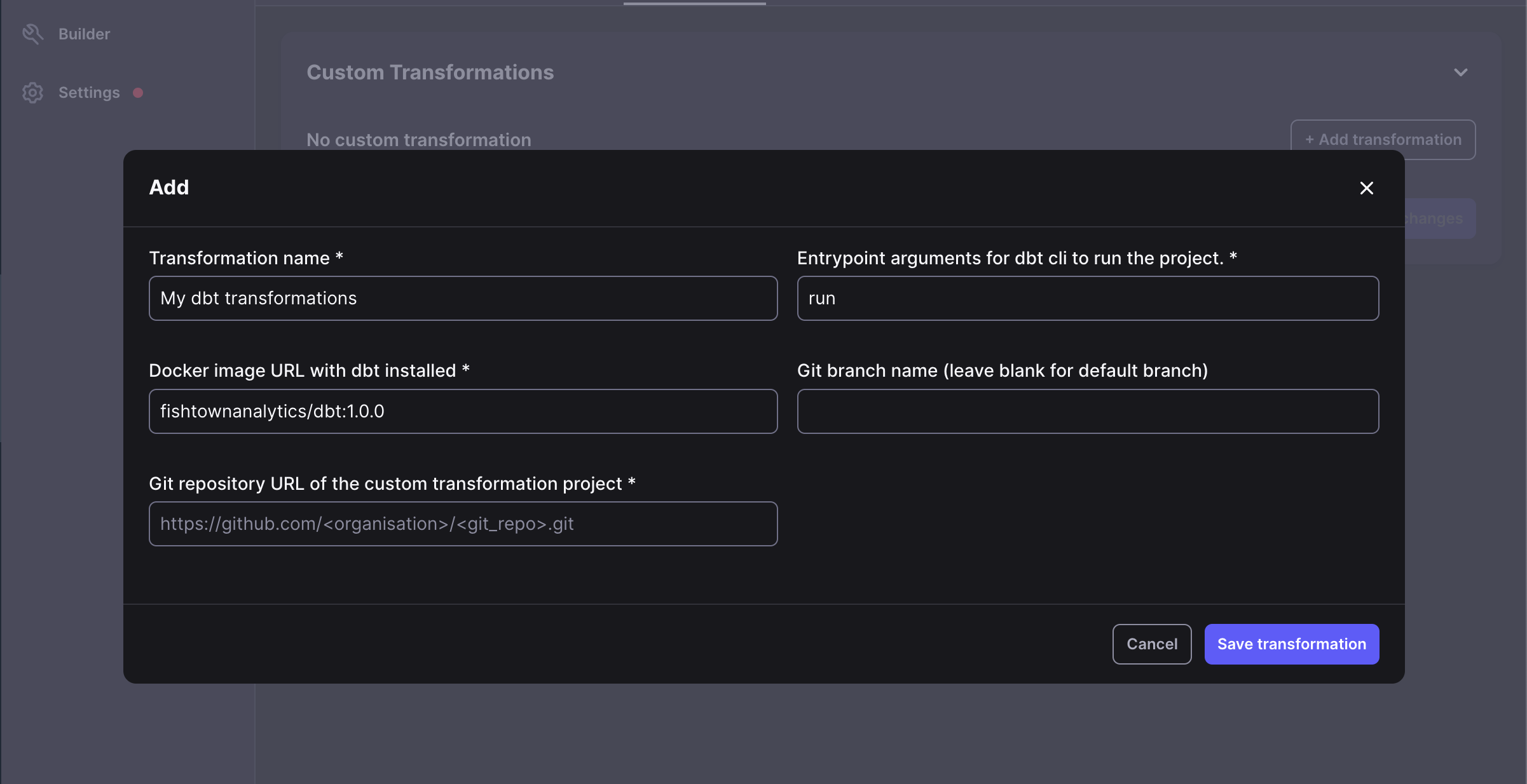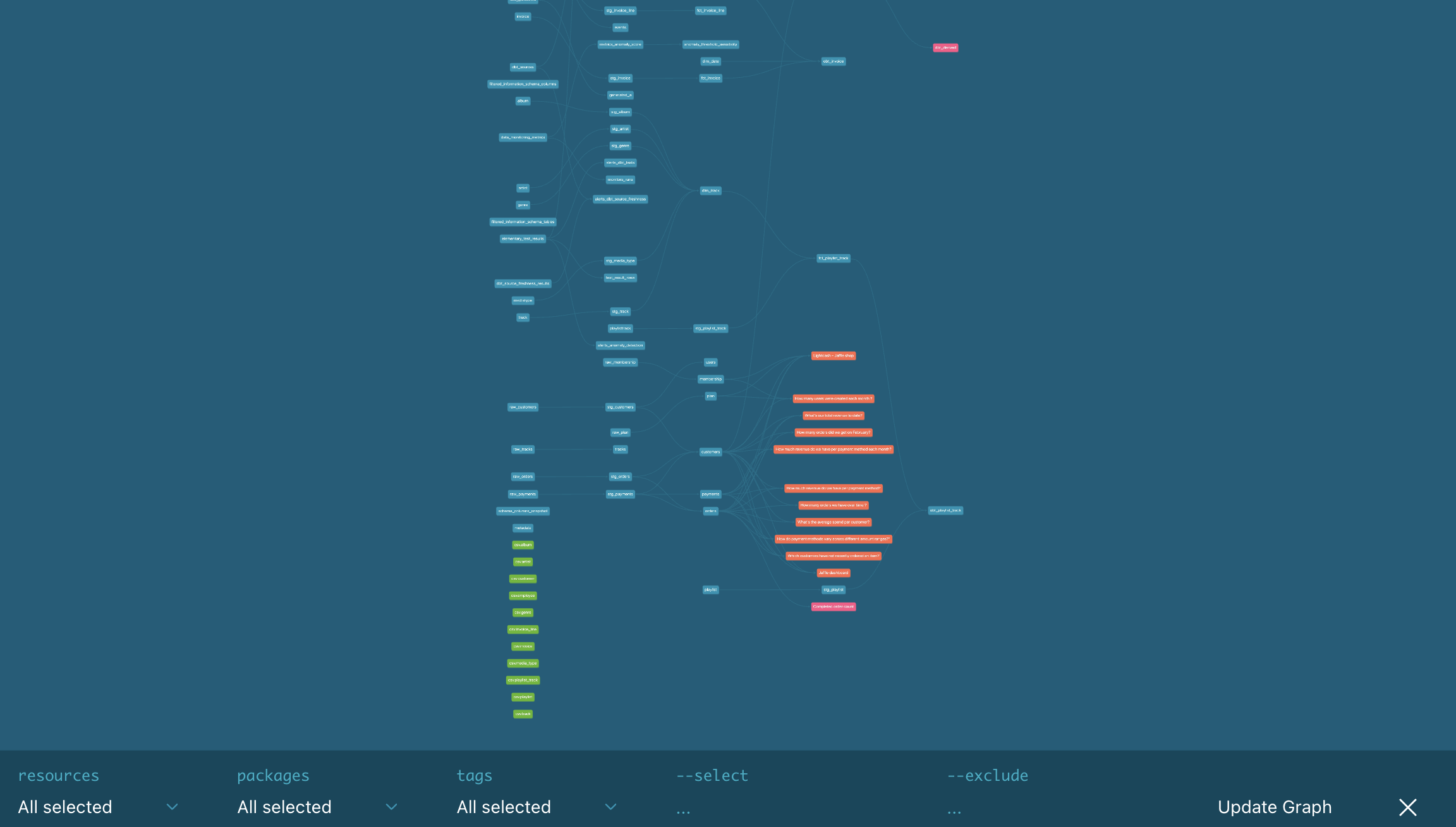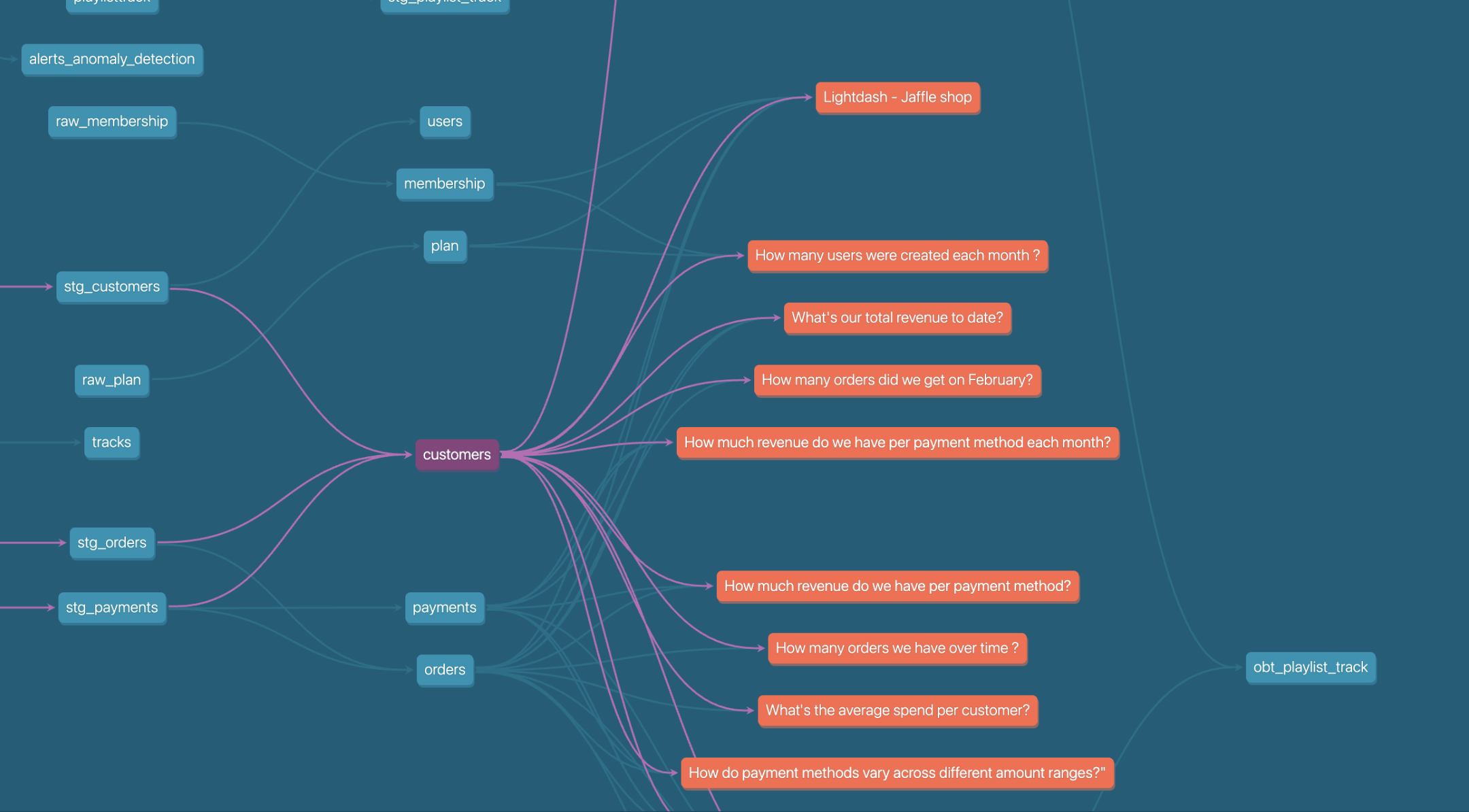What is ETL / ELT ?
ETL (Extract, Transform, Load)
ETL is a traditional data integration process used to collect data from different sources, transform it into a consistent format, and load it into a target data warehouse or data storage. This method is particularly useful when organizations need to ensure data quality and consistency before storing it for analysis.
- Extract: Data is gathered from multiple, often disparate, sources such as databases, APIs, and spreadsheets.
- Transform: Data is cleaned, formatted, and structured to meet business requirements. This involves filtering, joining, and applying business logic to ensure the data is ready for analysis.
- Load: The transformed data is loaded into a target system like a data warehouse, where it is stored and made available for reporting and analysis.

Why ETL is Beneficial:
- Data Quality Control: Ensures high data quality by applying business rules during transformation before the data is loaded into the system.
- Optimized for Reporting: Well-suited for traditional data warehousing where predefined reports are used regularly.

ELT (Extract, Load, Transform)
ELT is a more modern approach where raw data is first loaded into a data storage system, typically a cloud data lake or warehouse, and transformations are performed afterward. ELT leverages the storage and processing power of modern systems to transform the data on demand, making it a faster and more scalable solution for organizations handling large volumes of data.
- Extract: Similar to ETL, data is extracted from multiple sources.
- Load: Raw data is immediately loaded into the data warehouse or data lake without upfront transformations.
- Transform: Once data is stored, it is transformed as needed for analysis using the computational power of the data warehouse, allowing businesses to define transformations on the fly.

Why ELT is Beneficial:
- Faster Data Availability: By loading data first, ELT provides faster access to raw data for analysis.
- Scalability: ELT is ideal for big data environments where large volumes of data need to be processed and transformed on demand.
- Cost-Efficient: Takes advantage of cloud storage and processing capabilities, reducing the need for on-premise infrastructure.

How Datap Helps ?
ETL: Streamline Your Data Flow
DataPAI ensures high data quality by transforming and cleansing data before loading it into your data warehouse, maintaining consistency and reliability.
ELT: Modern Data Processing
With ELT, DataPAI allows raw data to be loaded directly into cloud storage, where transformations occur later, providing scalability and fast access to large datasets.
Efficient Data Integration
DataPAI offers a comprehensive solution for integrating data from diverse sources such as databases, APIs, and external files. By automating the extraction and transformation processes, it converts raw data into a unified format, ensuring compatibility and consistency. This allows businesses to streamline their data pipeline, reducing manual work and minimizing errors. With DataPAI, organizations can effortlessly centralize their data in one place, enabling faster access to critical information for analysis and decision-making. This efficiency ensures that businesses can respond quickly to changing market conditions and leverage insights to drive growth.